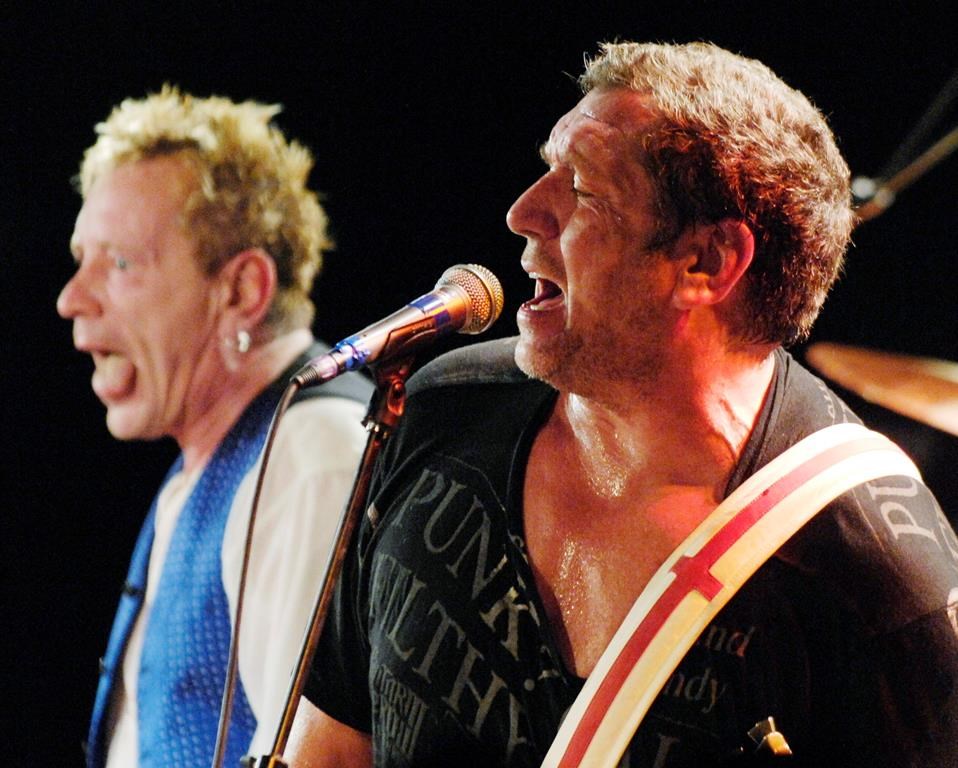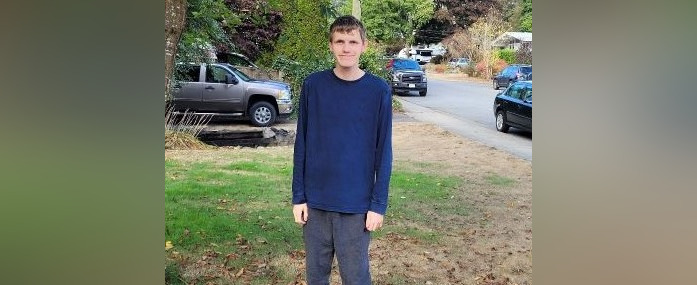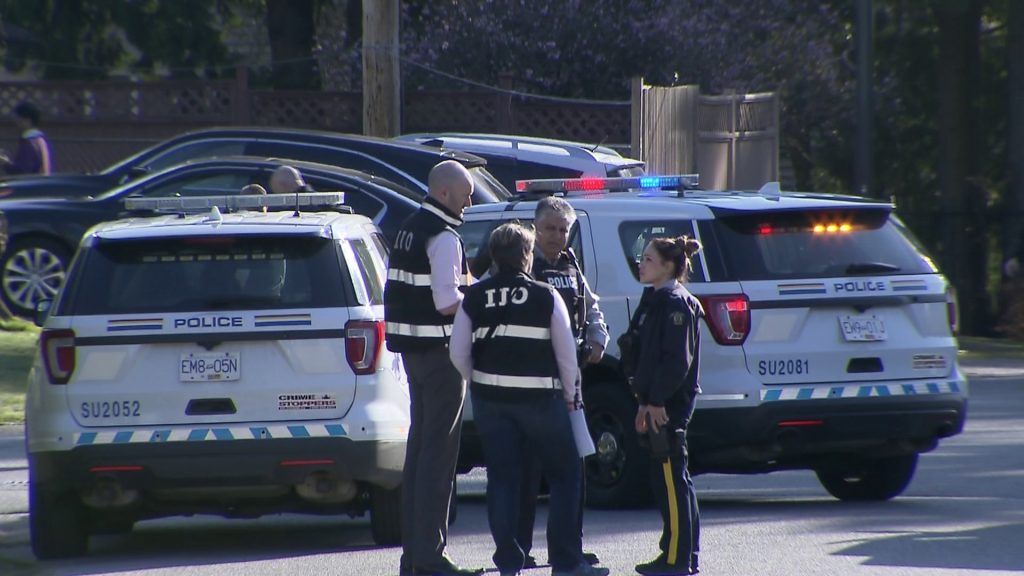Five years after Vancouver 2010: Legacy projects and white elephants
Posted February 10, 2015 6:00 am.
This article is more than 5 years old.
LOWER MAINLAND (NEWS1130) – From the Richmond Oval to many community centres throughout the Lower Mainland, the legacy projects of the 2010 Vancouver Olympic Games are all around us.
While in the buildup to the Games, there were protests expressing dismay and concern about the sheer volume of cash dedicated to building what many perceived to be largely temporary facilities, five years later, many of them are still in use — and in some cases, well-used and appreciated within the region.
Speaking with News1130 in Yaletown, John Furlong, who was VANOC president and chief executive, insists that the events here differed in that many of the facilities built have had more durable lives than many initially predicted.
“The city was transformed,” says Furlong. “When you walk around today, it’s kind of hard to remember what it used to be like. When you think of the things we were debating in the buildup to the games, the actual physical venues — the Athletes Village… and the facilities at Hillcrest and the Richmond Oval, These are venues that were hotly debated.”
“People were concerned that we would build them and the phrase ‘pink elephant,’ ‘white elephant,’ whatever colour elephant you want, was used so many times it was exhausting. People were genuinely worried that we might go the way of others, that we might have not thought it through, planned it out well enough.”
Furlong believes the city has been given something to be very proud of.
“These facilities are not just doing what they were supposed to do. They financially make sense. The Richmond Oval is probably the finest building in the world of its kind. The one at Hillcrest I think is a model of the kind of neighbourhood facility you want to have after something like the Olympics and it’s used extensively every day. It’s a happy place,” he tells us.
“All around the city, from the Athletes Village to all the other small things that occurred to make Vancouver glow — the Convention Centre. We see it on TV every day. It’s often the backdrop for movies. It’s a fantastic venue for hosting major events and it has also made an enormous financial contribution to the good health of Vancouver going forward.”
Beyond the venues for the events, the Games were also a catalyst for various levels of government to invest in major infrastructure projects.
The Canada Line has steadily increased its ridership and exceeded TransLink’s initial ridership projections, and the Sea-to-Sky Highway — once derisively known as the “Highway of Death” — has seen car crashes drop by about a third since its $775-million overhaul.
“Infrastructure was a key component of the investment from the 2010 Games, the Canada Line first and foremost,” says Vancouver Mayor Gregor Robertson. “I think it’s widely acknowledged as being one of the most advantageous investments we’ve seen in recent history. It’s been incredibly successful. When we’re talking about transit every day now for the whole region [ahead of the mail-in transportation tax vote], it’s obviously looking at the success stories like the Canada Line, which was triggered by the Olympic effort. That was a great investment. I think everybody acknowledges that… that’s one that sticks out now as a very timely investment.”
“Others — community and rink investments — were really important for our city. It allowed us to catch up on aging infrastructure in our community centres and rinks. That was a big one. The build out of southeast False Creek and the Olympic Village area was really catalyzed with the Olympic effort and we’re seeing lots of growth, great new neighbourhoods being built in and around False Creek that will change the city in the years to come, as the downtown shifts more to the east. That’s growing out of investment that came with the Olympics.”
But for freelance journalist Bob Mackin, the author of Red Mittens and Red Ink: The Real Story of the Vancouver Olympics, an in-depth examination of the 2010 Games, the legacy of many facilities is more complicated.
He points to the fact many structures set up on Cypress Mountain for the games were eventually taken down, something he says is unfortunate for developing future athletes.
“History happened here,” Mackin told News1130 on top of Cypress Mountain. “You cannot go and ski and snowboard the halfpipe that Shaun White did his daredevil antics on, because it doesn’t exist anymore. It’s unfortunate.”
“You spend so much money on venues that are so close to the city that don’t exist anymore, or fall into states of semi-disrepair, like the freestyle skiing venue here,” he adds.
“If there are children out there and teenagers who saw what happened five years ago and got inspired to take up that sport, they have to go elsewhere and do it, and find coaches elsewhere to coach them.”
Mackin points out despite hosting the Olympics, the region hasn’t hosted a World Cup in any of the Nordic sports. He adds that despite what he calls excellent programming, the Richmond Oval is still subsidized by taxpayers.
He also notes the events in Whistler that have been held since 2010 for luge, skeleton and bobsled have been poorly attended, with spectators only in the hundreds.
News1130’s Martin MacMahon’s four-part series to mark the anniversary of the Vancouver 2010 Olympic Games will continue this week.










